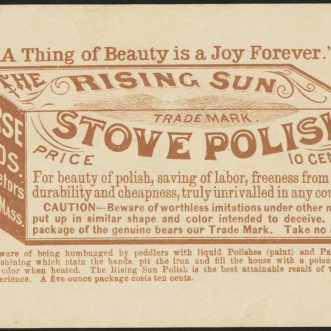
Reality TV
Since, as usual at this time of year, there’s been nothing on TV, we’ve been catching up on ‘Connections’ with James Burke. A fascinating ‘alternative view of change’ first broadcast in 1978.
Watch it here, at Internet Archive while you can.
What the series shows is that change (or as some like to call it ‘progess’) is not linear at all.
Discoveries are sometimes made on purpose, but almost as often they are made by accident, as a side effect of looking for something else, or as a failed experiment, or by someone coming at it from a different perspective. Often they were ignored completely, until enough of them were in place for others to put them together and create something new.
And as we know from the history of steam power, gunpowder and moveable type printing, if the social conditions weren’t conducive, they were often simply abandoned or used for pure amusement for centuries.
Serendipity, obliquity and culture play such an important part, that it’s almost impossible to predict where future change will come from.
What we can do is keep ourselves aware of the bigger systems, cultural and scientific, which are the drivers and sources of change – ecology, physics, capitalism, politics, the carbon cycle. That way, we can at least have an idea of where the impacts of change might be felt, and decide if we want it or not.
That means learning about how our world works. It takes effort, and often a bit of digging to find the material – which in itself tells us something about the system we currently live in.
‘Connections’ is the kind of reality tv we used to make. The kind I’d like to see more of.








